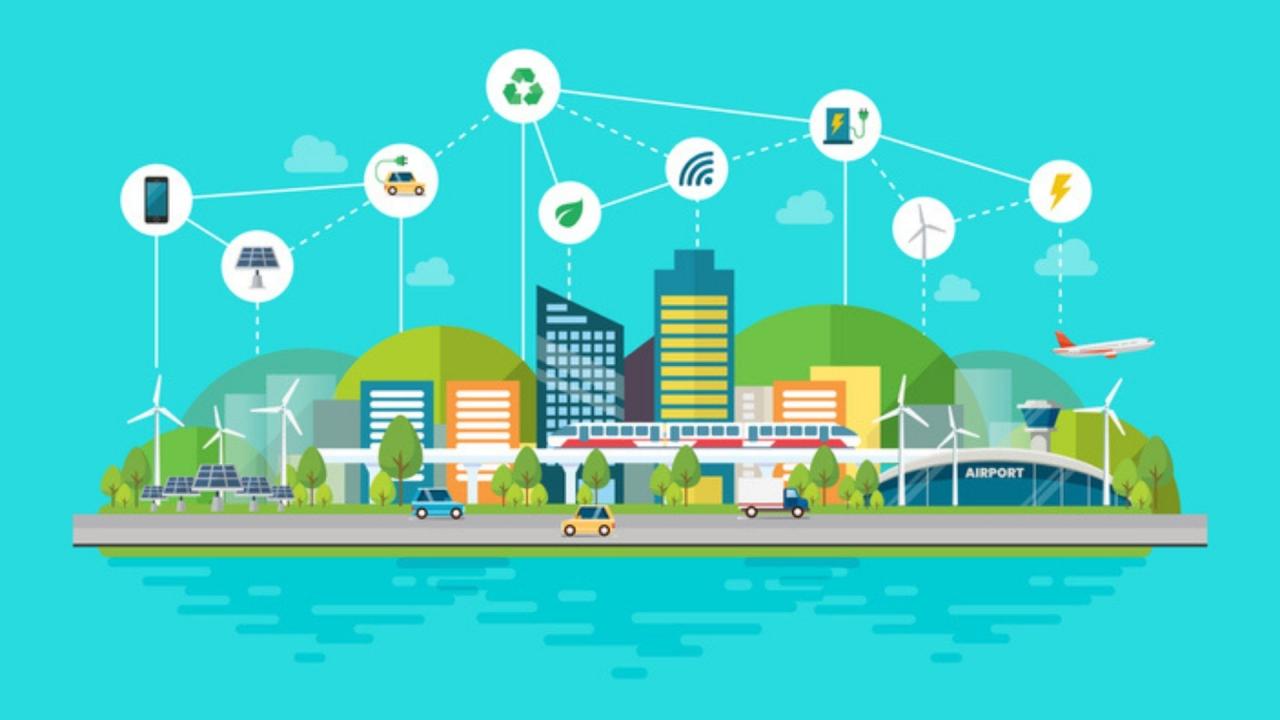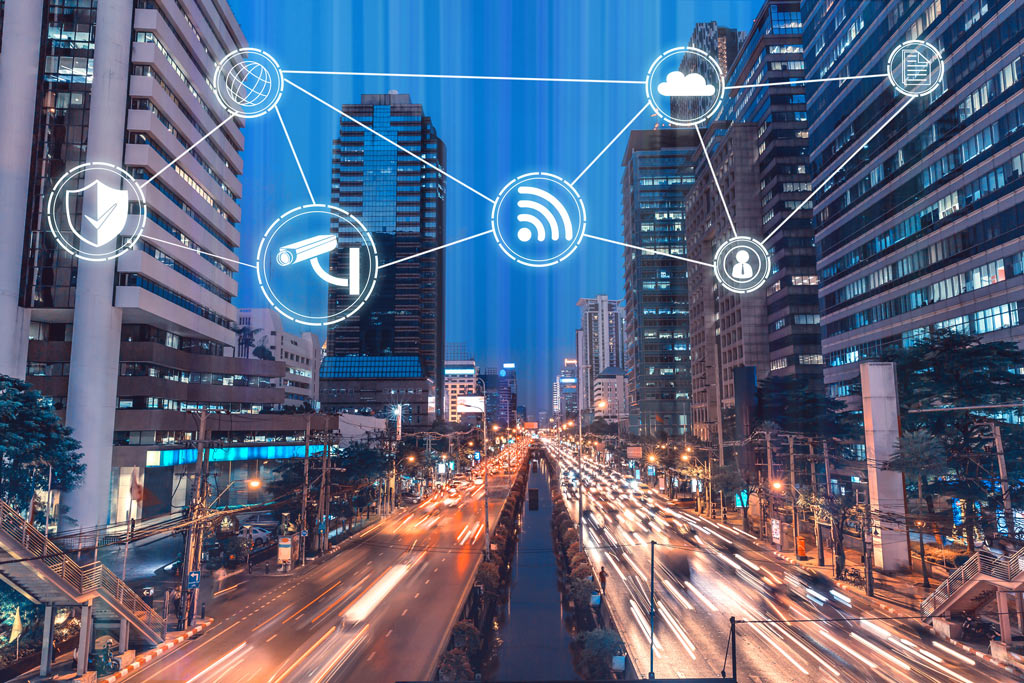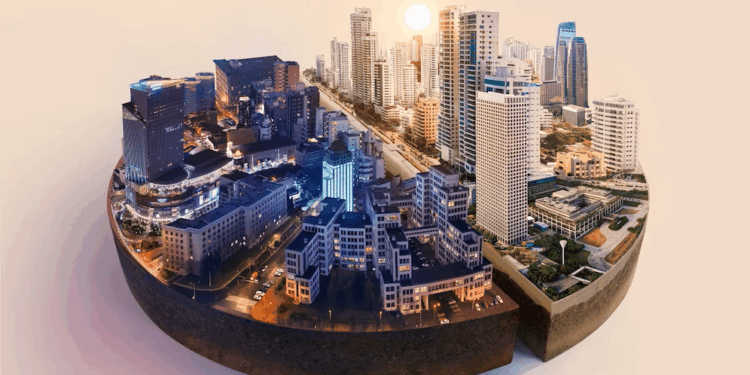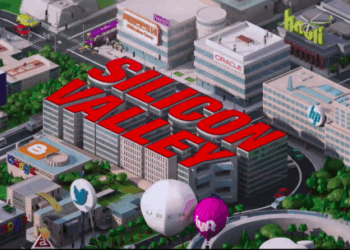The urban landscape is undergoing a profound transformation. As populations swell and the demands on resources intensify, a new paradigm of city living is emerging: smart cities. These aren’t just buzzwords; they represent a fundamental shift in how metropolises are designed, managed, and experienced. By seamlessly integrating advanced technologies, data-driven insights, and innovative governance, smart cities aim to create environments that are more efficient, sustainable, equitable, and ultimately, more livable for their inhabitants. This comprehensive exploration delves into the multifaceted aspects of smart cities, examining their core components, the myriad benefits they offer, the formidable challenges they face, and the exciting future they promise.
What Exactly Defines a Smart City?

At its heart, a smart city leverages an interconnected ecosystem of information and communication technologies (ICTs) to enhance various facets of urban operations. It’s about using technology not for technology’s sake, but as a powerful tool to address complex urban challenges. Think of it as a living organism, constantly collecting data from its surroundings, analyzing that information, and then adapting its functions to serve its inhabitants better. This involves:
A. Extensive Sensor Networks: These are the “eyes and ears” of the smart city. Thousands, even millions, of sensors are deployed across the urban fabric – in traffic lights, public transportation, waste bins, water pipes, streetlights, and buildings. These sensors collect real-time data on everything from air quality and noise levels to traffic congestion and energy consumption.
B. High-Speed Connectivity: A robust and pervasive network infrastructure, including 5G, fiber optics, and Wi-Fi, is crucial to transmit the enormous volumes of data generated by these sensors and other devices. Without fast and reliable connectivity, the flow of information that powers a smart city would grind to a halt.
C. Data Analytics and Artificial Intelligence (AI): Raw data is just noise without intelligence. AI algorithms and sophisticated data analytics platforms are employed to process and interpret this data, identifying patterns, predicting trends, and generating actionable insights. This intelligence informs decision-making across various urban services.
D. Integrated Platforms: Different urban systems (transportation, energy, waste management, public safety) often operate in silos. A smart city integrates these systems onto common platforms, allowing them to share data and coordinate actions. This holistic approach unlocks synergies and improves overall efficiency.
E. Citizen Engagement: A truly smart city is not just technologically advanced; it’s also citizen-centric. Platforms for digital engagement, open data initiatives, and participatory governance mechanisms empower residents to interact with city services, provide feedback, and contribute to urban development.
Core Pillars of a Smart City Ecosystem
The vision of a smart city materializes through the intelligent application of technology across several key domains:
Smart Mobility and Transportation
One of the most immediate and impactful areas for smart city transformation is transportation. Urban congestion is a global headache, leading to lost productivity, increased pollution, and frustrated citizens. Smart mobility solutions aim to alleviate these issues:
- Intelligent Traffic Management Systems: These systems use real-time data from sensors and cameras to optimize traffic light timings, reroute vehicles around congestion, and provide dynamic navigation guidance.
- Integrated Public Transportation: Digital platforms offer real-time information on bus and train schedules, facilitate seamless multi-modal journeys (e.g., combining ride-sharing, cycling, and public transport), and enable cashless payments.
- Autonomous Vehicles (AVs): While still in development, AVs promise to revolutionize urban transport by improving safety, optimizing traffic flow, and potentially reducing the need for private vehicle ownership.
- Shared Mobility Solutions: Smart cities encourage ride-sharing, bike-sharing, and scooter-sharing programs, often managed through intuitive mobile applications, to reduce individual car dependency.
- Smart Parking Systems: Sensors detect vacant parking spots, guiding drivers directly to available spaces, thus reducing cruising time and congestion.
Smart Energy and Utilities
Energy consumption and waste management are critical environmental and economic concerns for cities. Smart solutions in these areas aim for sustainability and efficiency:
- Smart Grids: These modernized electricity networks use digital communication technology to detect and react to local changes in usage. They enable two-way communication between utilities and consumers, facilitating demand-response programs, integrating renewable energy sources, and improving grid reliability.
- Smart Lighting: LED streetlights equipped with sensors can dim or brighten based on ambient light levels or pedestrian presence, significantly reducing energy consumption. They can also provide real-time data on air quality or even act as Wi-Fi hotspots.
- Smart Water Management: Sensors monitor water pressure, detect leaks in real-time, and optimize irrigation systems in parks and public spaces, conserving precious water resources.
- Waste Management Optimization: Smart bins equipped with fill-level sensors alert waste collection services when they are full, optimizing collection routes and reducing unnecessary trips, leading to fuel savings and reduced emissions.
Smart Environment and Sustainability
Beyond energy, smart cities prioritize a holistic approach to environmental health:
- Air Quality Monitoring: Networks of sensors provide real-time data on pollutants, enabling authorities to issue warnings, implement mitigation strategies, and track the effectiveness of environmental policies.
- Noise Pollution Monitoring: Similar to air quality, noise sensors help identify problem areas and inform urban planning decisions to create quieter, more livable neighborhoods.
- Green Infrastructure: Integrating smart technologies with green spaces, such as smart irrigation for parks, urban farming initiatives, and climate-resilient urban planning.
- Disaster Preparedness: Early warning systems, often powered by sensor data and AI, can help cities prepare for and respond more effectively to natural disasters like floods, earthquakes, or extreme weather events.
Smart Buildings and Infrastructure

The buildings themselves and the infrastructure connecting them are becoming increasingly intelligent:
- Building Management Systems (BMS): These integrated systems control and monitor a building’s mechanical and electrical equipment, such as ventilation, lighting, power, fire, and security systems. Smart BMS optimize energy use, enhance occupant comfort, and improve safety.
- Sensor-Enabled Infrastructure: Bridges, roads, and other critical infrastructure can be embedded with sensors to monitor their structural integrity, detecting potential issues before they become critical, thus improving safety and reducing maintenance costs.
- Smart Homes: While often individual initiatives, smart homes contribute to the larger smart city ecosystem by optimizing energy consumption, enhancing security, and improving convenience at the household level.
Smart Governance and Citizen Services
Technology also empowers cities to govern more effectively and engage with their residents:
- Open Data Platforms: Cities make anonymized data publicly available, fostering transparency, enabling developers to create new applications, and promoting innovation.
- E-Governance Services: Online portals and mobile applications streamline interactions between citizens and city hall, allowing for easy access to permits, licenses, and other public services.
- Participatory Budgeting: Digital platforms can enable citizens to directly participate in decision-making processes, for example, by voting on how a portion of the city budget should be allocated.
- Public Safety and Emergency Response: Integrated sensor networks and predictive analytics can help law enforcement and emergency services respond more rapidly and effectively to incidents, and even predict potential hotspots for crime or accidents.
The Transformative Benefits of Smart Cities
The implementation of smart city initiatives yields a multitude of advantages that ripple through the entire urban fabric:
A. Enhanced Efficiency and Resource Optimization:
- Reduced Traffic Congestion: Optimized traffic flows save commuters time and fuel, reducing emissions.
- Lower Energy Consumption: Smart grids and lighting drastically cut electricity usage and associated costs.
- Improved Waste Management: Efficient collection routes minimize fuel consumption and labor costs.
- Water Conservation: Leak detection and smart irrigation prevent water waste.
B. Improved Quality of Life for Residents:
- Cleaner Air and Environment: Real-time monitoring and data-driven policies lead to better environmental outcomes.
- Safer Communities: Predictive policing, integrated surveillance, and faster emergency response contribute to a safer urban environment.
- Better Access to Services: Digital platforms make government services more accessible and user-friendly.
- Reduced Commute Times: Efficient transportation systems mean less time stuck in traffic.
- More Engaged Citizens: Open data and e-governance foster greater civic participation and transparency.
C. Economic Growth and Innovation:
- Job Creation: The development, deployment, and maintenance of smart city technologies create new employment opportunities.
- Attraction of Investment: Cities embracing smart technologies become more attractive to businesses and entrepreneurs, fostering innovation hubs.
- Increased Productivity: Reduced congestion, better infrastructure, and streamlined services boost overall economic productivity.
- New Business Models: The availability of urban data can spur the creation of new services and applications.
D. Environmental Sustainability:
- Reduced Carbon Footprint: Lower energy consumption, optimized transportation, and efficient waste management directly contribute to a smaller environmental impact.
- Conservation of Natural Resources: Smart water and energy management systems lead to more responsible resource utilization.
- Resilience to Climate Change: Data-driven insights aid in climate adaptation and mitigation strategies.
Navigating the Challenges of Smart City Development
Despite the undeniable promise, the path to becoming a truly smart city is fraught with complex challenges that require careful consideration and strategic planning:
A. Data Privacy and Security Concerns:
- Vast Data Collection: The sheer volume of personal and behavioral data collected by smart city sensors raises significant privacy concerns. How is this data stored, secured, and used?
- Cybersecurity Risks: Smart city infrastructure is a massive network of interconnected devices, making it a lucrative target for cyberattacks. A successful breach could cripple critical services or expose sensitive information. Robust encryption, anonymization techniques, and stringent data governance are paramount.
B. High Implementation Costs and Funding:
- Significant Investment: Deploying comprehensive sensor networks, upgrading infrastructure, and developing sophisticated software platforms require substantial upfront capital investment.
- Long-Term Maintenance: The ongoing maintenance and technological upgrades of smart city systems also incur significant costs. Securing diverse funding sources, including public-private partnerships, is essential.
C. Digital Divide and Inclusivity:
- Unequal Access: Not all citizens have equal access to or proficiency with digital technologies. A smart city must ensure its services are accessible to everyone, regardless of socio-economic status or digital literacy, to avoid exacerbating existing inequalities.
- Accessibility for All: Smart city services must be designed to be accessible to individuals with disabilities.
D. Interoperability and Standardization:
- Fragmented Systems: Different vendors and departments often use proprietary systems that struggle to communicate with each other. Lack of common standards can hinder data sharing and system integration.
- Need for Open Standards: Promoting open data protocols and industry-wide standards is crucial to ensure seamless interoperability and prevent vendor lock-in.
E. Governance and Regulation:
- Complex Legal Frameworks: Existing laws may not adequately address the complexities of data ownership, AI ethics, and the responsibilities associated with autonomous systems.
- Public Acceptance: Gaining public trust and buy-in is vital. Citizens need to understand the benefits and feel assured that their concerns regarding privacy and surveillance are being addressed. Transparent communication and public consultation are key.
- Bureaucratic Hurdles: Traditional government structures can be slow to adapt to rapid technological change, posing a barrier to agile smart city development.
F. Technological Obsolescence:
- Rapid Pace of Change: Technology evolves quickly. Smart city infrastructure, once deployed, could become outdated within a few years, requiring constant upgrades and significant expenditure.
- Future-Proofing: Cities must adopt flexible, modular architectures that can easily integrate new technologies as they emerge.
Conclusion
The journey towards truly smart cities is an ongoing evolution, not a final destination. As technology continues to advance, we can anticipate even more sophisticated and integrated urban environments. The rise of edge computing will allow for faster, more localized data processing, reducing reliance on centralized cloud systems. Digital twins – virtual replicas of physical cities – will become powerful tools for urban planning, allowing simulations of various scenarios before real-world implementation.
Ultimately, the success of smart cities will not be measured solely by the deployment of technology, but by their ability to foster vibrant, resilient, and inclusive communities. It’s about leveraging innovation to solve real-world problems, improve the daily lives of residents, and create cities that are not just intelligent, but also humane. The promise of smart cities is a future where urban living is synonymous with efficiency, sustainability, and a higher quality of life for all.












